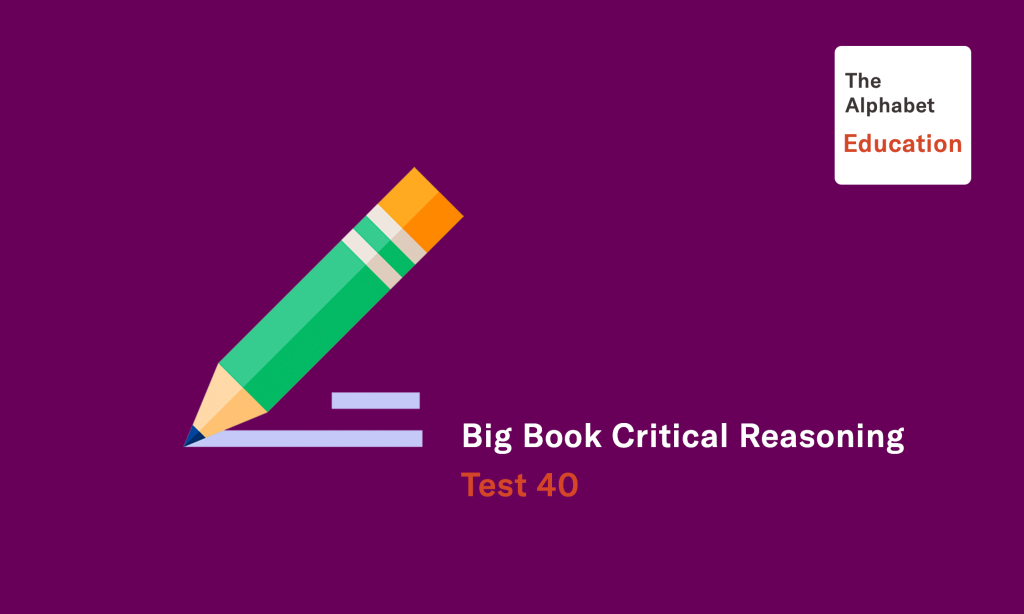GRE Critical Reasoning
Critical Reasoning questions test the ability to understand, analyze, and evaluate arguments. Some of the abilities tested by specific questions include identifying the roles played by specific phrases or sentences in an argument, recognizing the point of an argument, recognizing assumptions on which an argument is based" drawing conclusions and forming hypotheses, identifying methods of argumentation, evaluating arguments and counter-arguments, and analyzing evidence.
Each of the Critical Reasoning questions is based on a short argument, a set of statements, or a plan of action. For each question, select the best answer of the choices given.
The greater the division oflabor in an economy, the greater the need for coordination. This is because increased division of labor entails a larger number of specialized producers, which results in a greater burden on managers and, potentially, in a greater number of disruptions of supply and production.
There is always more division of labor in market economies than in planned economies.
#1
Clay absorbs radiation with time, releasing it only when heated. By heating a clay sculpture and measuring the radiation it releases, experts can determine to within a century when the sculpture was last heated. The original firing of the finished sculpture might be the occasion of that most recent heating.
#2
The overall operating costs borne by many small farmers are reduced when the farmers eliminate expensive commercial chemical fertilizers and pesticides in favor of crop rotation and the twice-yearly use of manure as fertilizer. Therefore, large farmers should adopt the same measures. They will then realize even greater total savings than do the small farmers.
#3
Wearing either a lap seat belt or a shoulder-and-Iap seat belt protects passengers from the major types of injuries incurred in head-on automobile collisions. In such collisions, however, passengers wearing lap seat belts alone frequenJly suffer internal injuries caused by the seat belt itself. Such injuries do not occur when shoulder-and-Iap seat belts are worn.
#4
Nonprescription sunglasses shield the wearer’s eyes from damaging ultraviolet sunlight. Squinting, however, provides protection from ultraviolet rays that is at least as good as the protection from nonprescription sunglasses. There is, therefore; no health advantage to be gained by wearing nonprescription sunglasses rather than squinting.
#5
Studies of workplace safety in construction and manufacturing firms have found that the rate of injuries tends to rise when the firms’ work loads increase. Since inexperienced workers are often hired by these finns when work loads increase, the higher rate of injuries is undoubtedly due to a higher acci- dent rate for inexperienced workers.
#6
The facts show that the fear of flying in airplanes is not rational. In 1986 alone, there were 46,000 fatalities in highway accidents, but from 1980 to the present an average of only 77 per year in accidents on major domestic airlines. The rate for regional airlines was only slightly higher.



